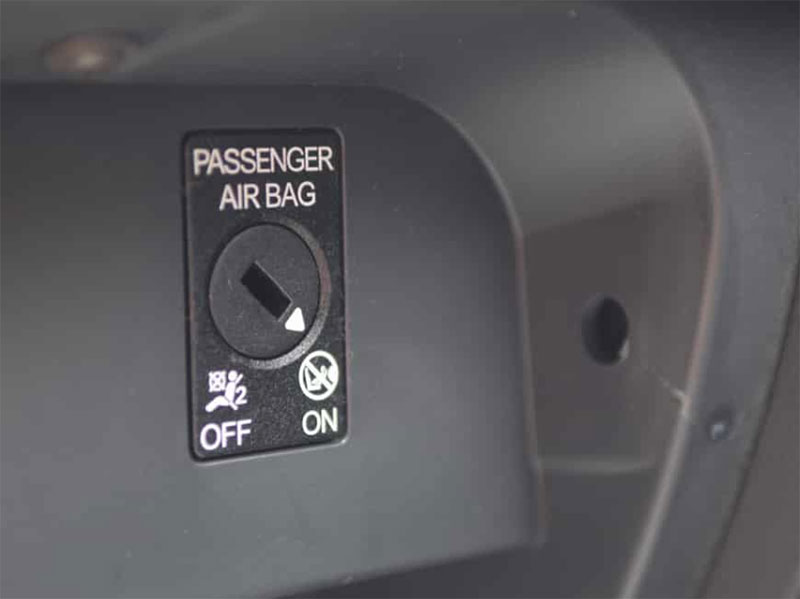If you’ve ever encountered the “Mercedes SRS Malfunction” warning on your dashboard, you know it’s a serious issue that requires immediate attention. The Supplemental Restraint System (SRS) is responsible for managing the airbag system and seatbelt mechanisms that keep drivers and passengers safe during an accident. When any part of this system fails, the vehicle will alert you with a warning light or message, such as “SRS Malfunction Service Required.” In this guide, we’ll dive into the causes of Mercedes SRS malfunction, troubleshooting steps, and practical methods to fix this issue, whether through reset, repair, or programming. This guide is particularly helpful for workshop owners and automotive engineers, offering an in-depth, SEO-optimized walkthrough of how to address Mercedes SRS malfunctions.
What Does SRS Malfunction in Mercedes Mean?
The SRS system in a Mercedes includes several components:
- Airbags
- Airbag control module
- Crash sensors
- Seat belt tensioners
- Load limiters
- Seat occupancy sensors
A malfunction can occur when any of these components fails to perform correctly. This triggers the SRS warning light to appear on the dashboard, signaling a problem with the system. The SRS system is crucial because it deploys the airbags and tightens seatbelts in the event of a crash. Without a properly functioning SRS, your vehicle’s safety systems may not activate during an accident, leading to increased risk of injury.

Why Does the SRS Light Come On in a Mercedes?
There are several potential reasons why the SRS light may illuminate:
- Airbag Malfunction: The airbag may fail to deploy, or in some cases, deploy without any external force or accident, signaling a malfunction.
- Seat Belt Tensioner Fault: Emergency Tensioning Devices (ETD) in seatbelts may malfunction, causing the SRS light to illuminate.
- Faulty Seat Occupancy Sensors: The passenger seat occupancy sensor might fail to detect whether a passenger is present, causing the SRS light to stay on.
- Low Battery or Power Supply Issues: A weak battery may trigger the SRS malfunction light.
- Damaged or Corroded Wiring: Over time, the wiring connected to the SRS components may become loose or corroded, particularly under the driver or passenger seat.
- Failed Crash Sensors: Malfunctioning crash sensors can misread the conditions inside the vehicle, causing a false alarm in the SRS system.
- SOS TeleAid System Failure: A common cause in Mercedes vehicles where the SOS TeleAid system has failed, resulting in the SRS light turning on.
Steps to Fix SRS Malfunction in a Mercedes Without a Diagnostic Tool
In many cases, you can reset the SRS malfunction light without the need for specialized diagnostic tools. Here’s how to perform a manual reset:
Step 1: Insert the key into the ignition and turn it to the “On” position without starting the engine.
Step 2: The airbag warning light will illuminate for about seven seconds and then turn off. Once it turns off, immediately turn off the ignition and wait for three seconds.
Step 3: Repeat the process two more times.
Step 4: Start the engine. The SRS warning light should remain on for seven seconds before turning off. If it does, the reset has been successful.
This simple reset can often clear the SRS malfunction light. However, if the warning persists, additional diagnostics may be required.
How to Diagnose and Repair SRS Malfunction Using Diagnostic Tools
For workshop owners and automotive engineers, a more comprehensive approach may be necessary when dealing with complex SRS malfunctions. Using tools like OBD2 scanners, Vediamo, or DTS Monaco, you can perform a detailed analysis of the vehicle’s SRS system and reset fault codes as needed.
Tools Required:
- Diagnostic Software: Vediamo or DTS Monaco
- Hardware: Mercedes-Benz C4 multiplexer
Steps:
- Connect the diagnostic tool to the vehicle using the C4 device.
- Open Vediamo or DTS Monaco software on your computer.
- Navigate to the SRS system module in the diagnostic tool and access the stored fault codes.
- Read and clear the codes related to the SRS malfunction.
- Once cleared, run the coding process for the SRS system using the software. This step ensures that the control module communicates correctly with the other vehicle systems, preventing future malfunctions.
Additional Tips for Fixing SRS Malfunction
- Check Battery Voltage: Always ensure that the vehicle’s battery is fully charged, as low voltage can trigger an SRS malfunction.
- Inspect Wiring Under the Seats: Loose or corroded wiring is a common cause of SRS issues. Remove the seats if necessary and clean the connectors using an electronic contact cleaner.
- Reset After Airbag Deployment: After a collision where the airbags have deployed, replacing the airbags and resetting the control module is mandatory to clear the SRS light.
Q&A: Frequently Asked Questions About Mercedes SRS Malfunction
Q: Can I drive my Mercedes with the SRS light on?
A: While you technically can drive, it’s not safe. The SRS light indicates that your vehicle’s airbag system may not deploy during an accident. You should address the issue as soon as possible to ensure proper safety features are functioning.
Q: What does “SRS Malfunction Service Required” mean?
A: This message means there’s an issue within the Supplemental Restraint System, and a diagnostic service is required to identify the specific problem.
Q: Can I reset the SRS system myself?
A: Yes, in some cases, you can reset the SRS system using the manual method described above. However, for more serious issues, professional diagnostics and repairs are recommended.
Q: Do I need a special tool to reset the SRS malfunction?
A: A manual reset can sometimes work, but if the issue is related to the control module or wiring, you’ll need a diagnostic tool like Vediamo or DTS Monaco.
If you encounter a persistent “Mercedes SRS Malfunction” warning and require assistance beyond a manual reset, the experts at Cardiagtech are available for professional help. We offer remote diagnostics and programming services to ensure your Mercedes operates safely. For more information, visit our website or contact us on WhatsApp at +1 (641) 206-8880.

